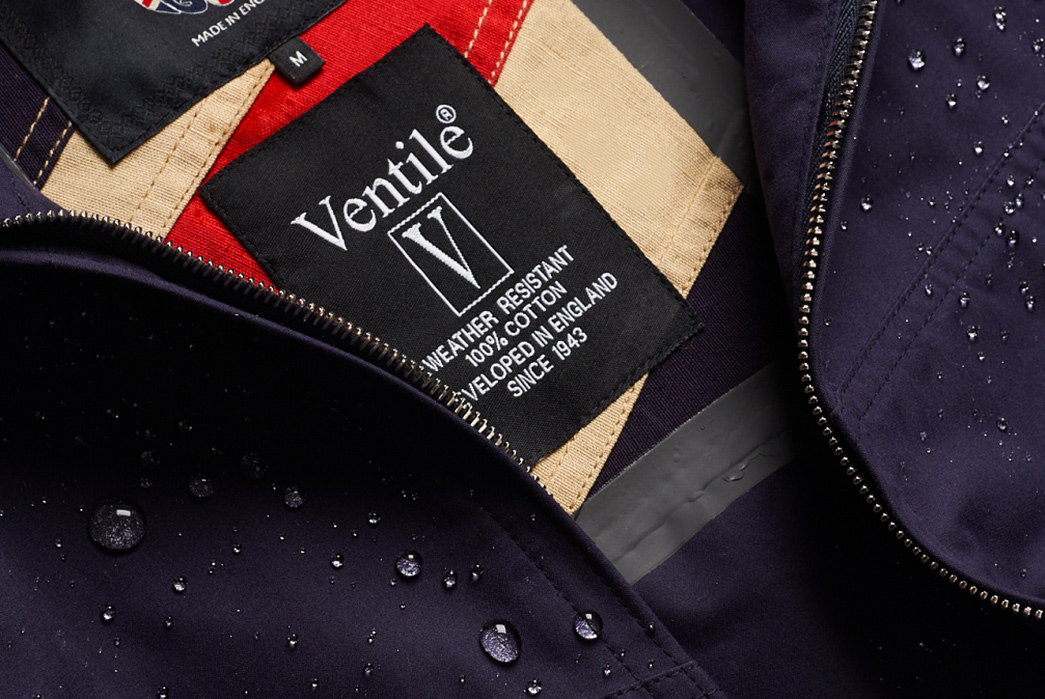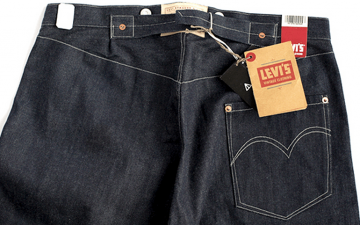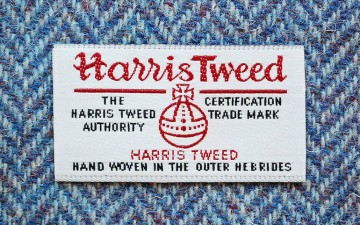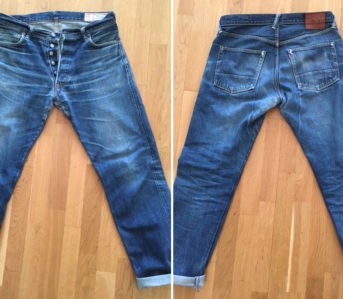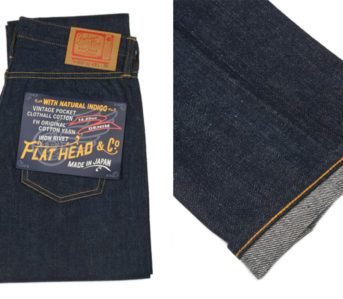Gore-Tex may be the go-to for the modern customer when it comes to weatherproof fabrics, however, the heritage boom of the last half-decade has sparked the comeback of an almost forgotten fabric: Ventile.
From the icy waters of the Atlantic ocean to your rainy morning coffee run, Ventile has protected people from the elements for over seventy years. And with winter on the horizon for many of us, we thought it would be appropriate to delve a little deeper into the world of Ventile and find out just how this fabric came to the fore.
What is Ventile and How Does It Work?
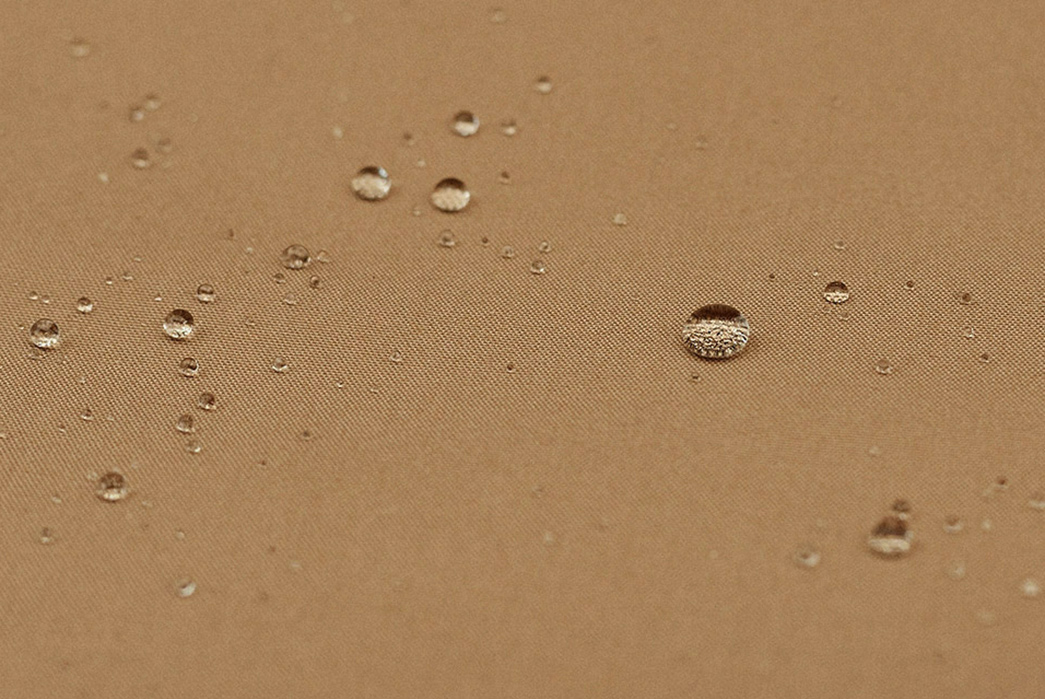
Ventile fabric close-up via SEH Kelly
Ventile is a 100% cotton textile known for its effective weatherproof properties. It is made from extra-long staple cotton fibers that are densely woven to create a robust and complex weave that repels water. Unlike most modern waterproof fabrics, Ventile is unique in that its waterproof properties are actually enhanced when it becomes wet, as the softer yarns within the super dense weave swell to form an even stronger barrier against inclement weather.
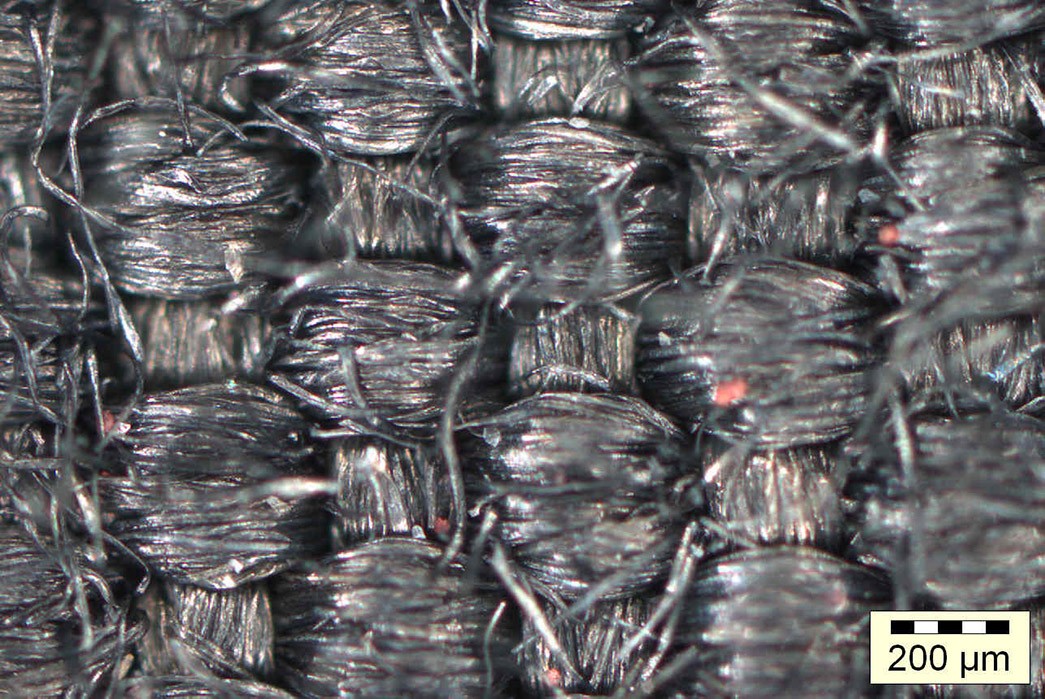
Ventile cotton fibers via Wikipedia
As well as being water resistant and breathable, the natural composition of Ventile allows it to drape well and provide a high level of comfort. With a smooth texture, Ventile is versatile and applicable to all manner of garments, accessories, and even footwear. In addition, Ventile does not make the same ‘rustling’ noise as Gore-Tex or similar modern water-resistant fabrics as it is not laminated. This property makes Ventile a common choice for bird watchers and hunters.
Inventing Ventile
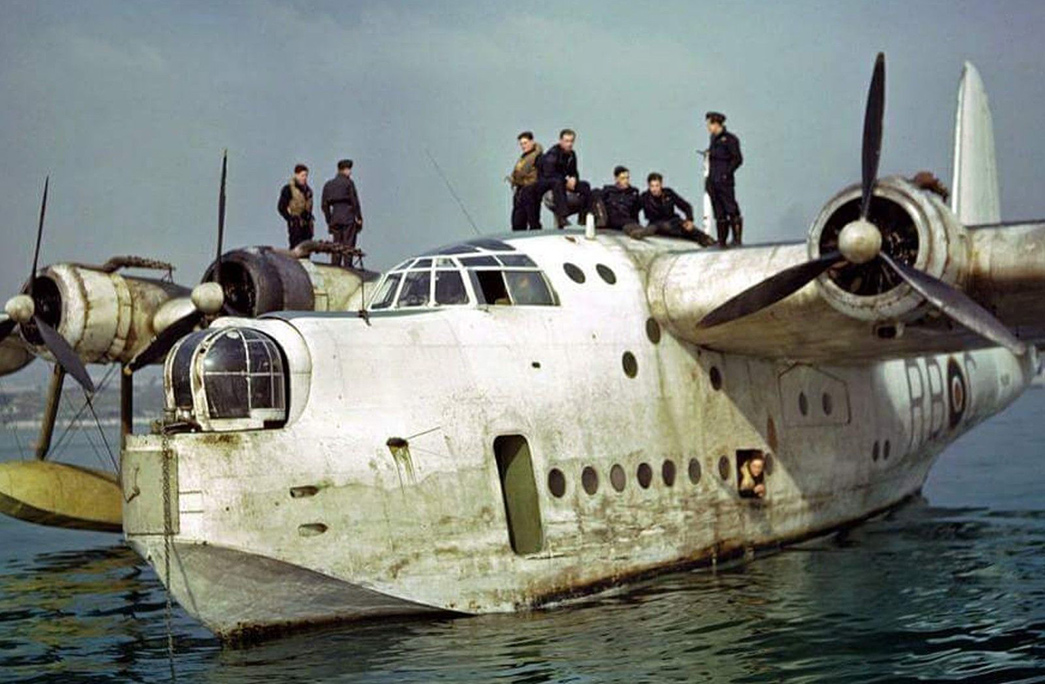
WWII RAF crew aboard a Short Sunderland Flying Boat via eBay
In the mid-1930’s, the British government experienced a growing shortage of flax, which, at the time, was used to make fire hoses and water buckets. Scientists at the Shirley Institute in Manchester, England, began researching ways in which a cotton fabric could be woven to prevent water egress, and succeeded in the development of what is now known as Ventile.
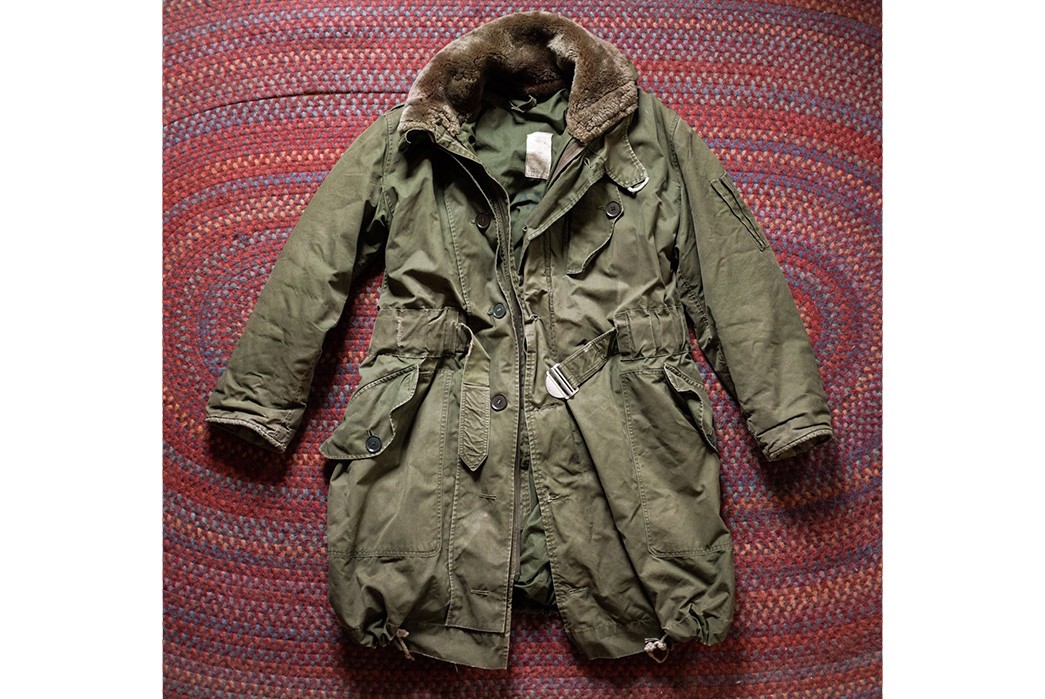
Vintage 1950’s RAF Ventile Extreme Cold Weather Survival Parka Flight Jacket via Saunders Militaria
During World War II, convoys carrying essential supplies across long distances of the arctic ocean were susceptible to attack from enemy submarines or recon bomber aircraft. Winston Churchill is credited for solving this problem by suggesting expendable aircraft be catapulted from merchant ships to provide local escort cover to the supply convoys. However, this solution presented further problems. Pilots who could not persevere their aircraft to land were forced to eject themselves into frigid waters. These waters were so cold that the average life expectancy was around two minutes.
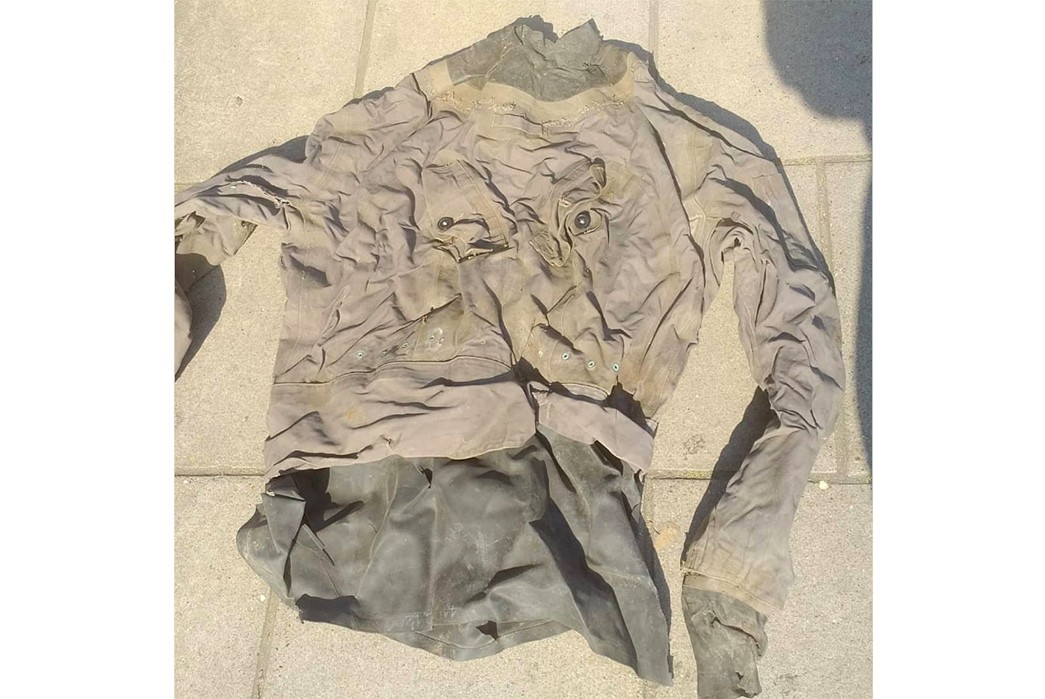
A 1951 RAF Ventile Immersion suit top via Jolygram
With many pilots losing their lives from exposure to these waters, the RAF looked to procure a fabric that would keep pilots warmer and dryer if they found themselves in the sea. The answer? Ventile. After producing the RAF Ventile Immersion Suit, they life expectancy rocketed from two to twenty minutes, leaving ditched pilots with a much larger window for rescue. It is claimed that after the introduction of the Ventile Immersion Suit, 80% of the escort pilots who ditched in the ocean survived. Pilot gear made from Ventile is known to have entered mass production in the early 1940s and is still used today in the RAF and other NATO forces.
Ventile’s Downsides
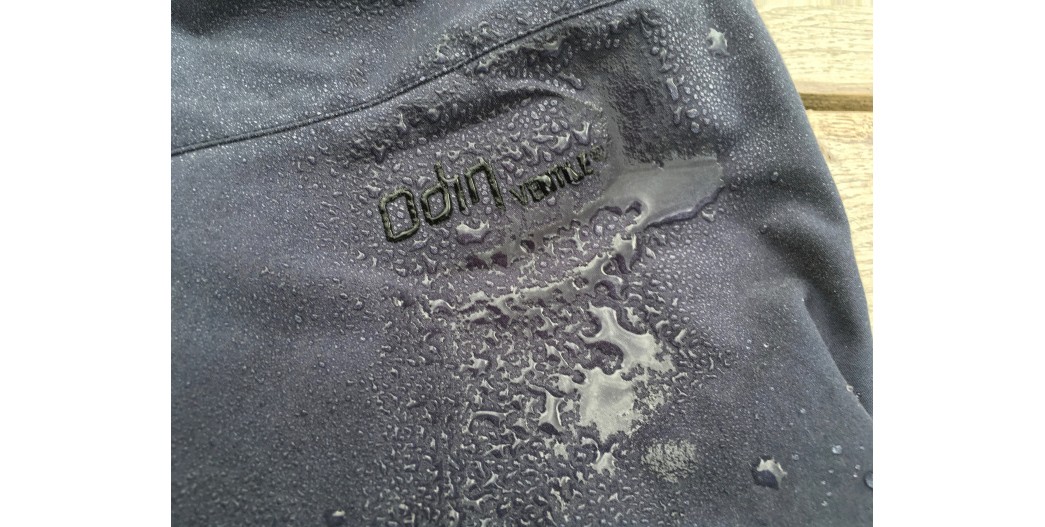
Wet Ventile via Tactics, Tidbits, and Trees.
While its technical properties are generally celebrated, Ventile is not without its drawbacks.
While Ventile is touted as an all natural wonder fabric, that’s a bit misleading. You may have noticed we have used the word to ‘traditional’ when discussing Ventile. Well, this is because some of the modern Ventile produced today is treated with un-natural sprays known as Durable Water Repellants (DWR). These treatments strip Ventile of it’s all natural status and there are claims that the chemicals within them are ecologically harmful. Some manufacturers still produce plain Ventile and use alternative treatments such as Parrafin Wax to add an extra measure of water-resistance.
But why would you want to add a DWR if it’s totally waterproof? Well, Ventile seems to only work so well. Water exposure is needed to expand the fibers within the Ventile fabric and activate the true water-resistant properties of the fabric. This means that the exterior of the fabric can retain water and become, essentially, wet. It becomes heavier and much stiffer, and just not as waterproof as some people demand. Whether this bothers you or not comes down to you, but traditional Ventile products will not incur the same beading effect of other waterproof fabrics like Gore-Tex and won’t stay touch dry when exposed to water.
British production of Ventile halted in the late 20th century and now almost all manufacturing of Ventile takes place in Switzerland and other countries in Mainland Europe. The extra-long staple cotton required to produce Ventile is a high quality, expensive crop, and the physical production process is long and costly.
Ventile in Today’s Market
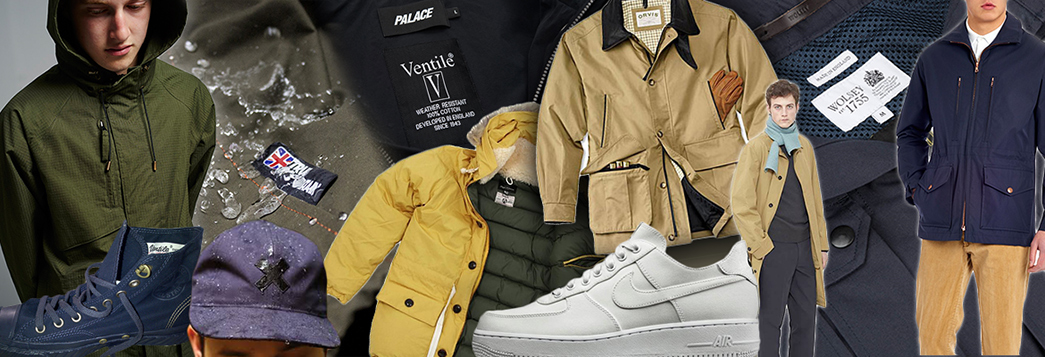
Ventile used by different brands via Ventile.co.uk
Even with these downsides, designers aren’t stopped from designing with Ventile. The most obvious use would be in technical outdoor gear, but you can see the material used in less intense garments like sneakers, ballcaps.
Nigel Cabourn Authentic Everest Parka
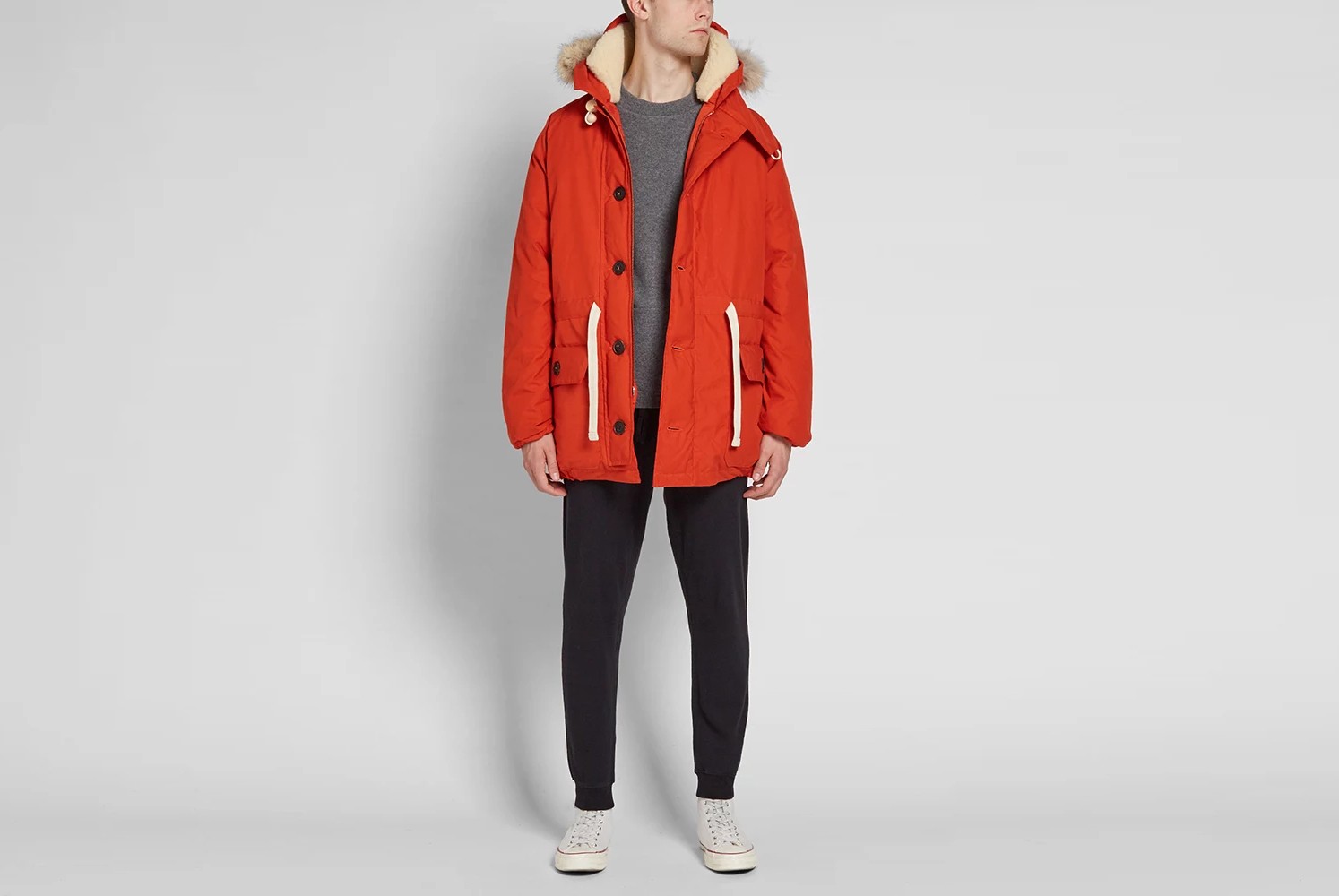
Inspired by Sir Edmund Hillary’s ascent to the summit of Everest and the clothing he and his team wore for this expedition, Nigel Cabourn designed the Authentic Everest Parka. Constructed from a robust 100% cotton Ventile, the Everest Parka features down fill insulation, sheepskin trim, and two exterior pockets. The hood is finished with fur trim and wire insert for structure and stability, and an adjustable storm cord runs around the waistline.
Each piece is made in England and available at End Clothing for £2,449 (~$3200 USD).
American Trench Ventile Ball Caps
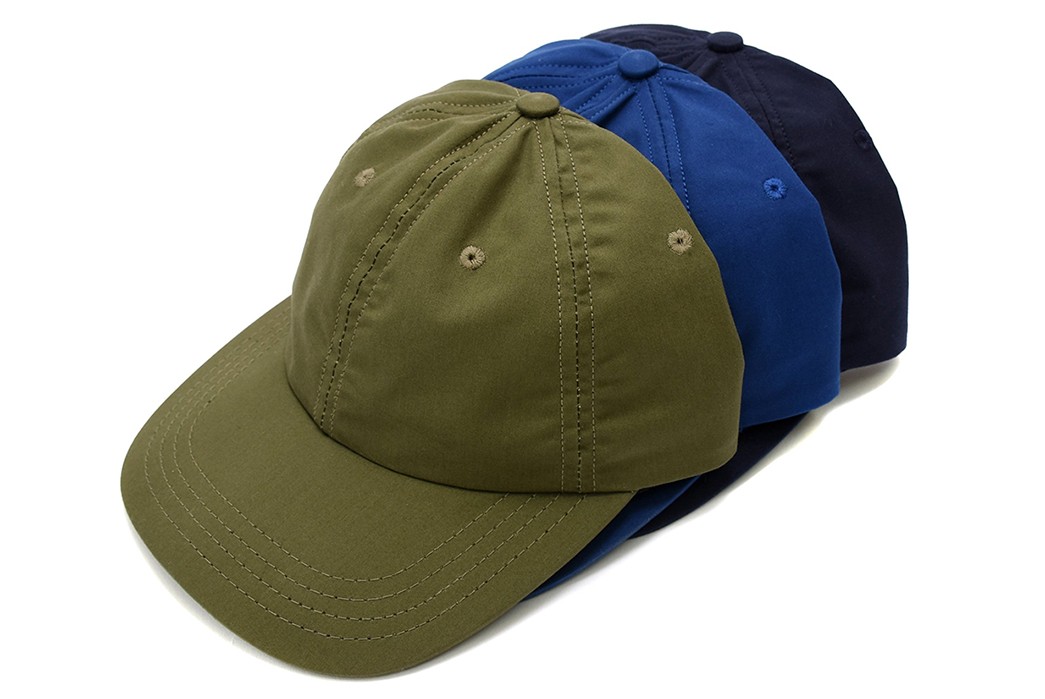
Logo-less and understated, American Trench keeps your noggin dry while blocking out the sun.
Available for $65 at American Trench.
Sassafras Fall Leaf Sprayer Pant
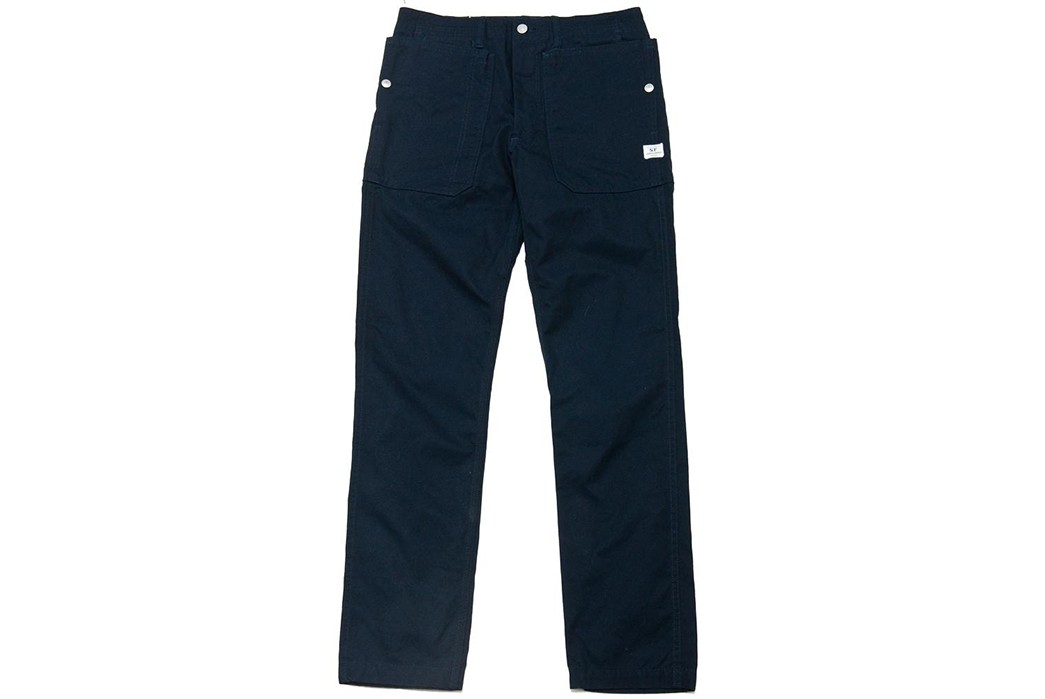
Seen here in Navy, the Fall Leaf Sprayer Pant by Sassafras utilizes Ventile fabric. Made in Japan, these pants feature wrap-around pocket construction and a gusseted crotch.
$395 CAD ($302 USD) at Lost & Found.

